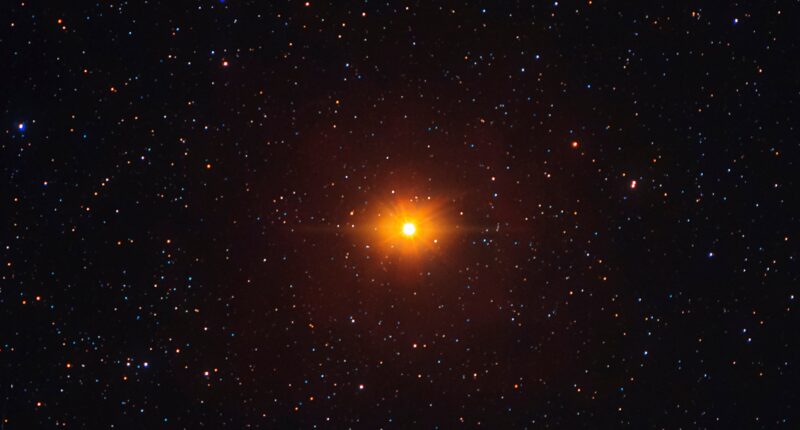WHERE is Betelgeuse, the star that is expected to reach supernova sooner than expected, located, and when can you spot it?
Recent data has predicted that Betelgeuse is nearing the end of its life, which could account for the first supernova since 1604 and will be a major event when the time comes.
Betelgeuse will be visible in the night sky starting in September until the end of the month, per Science Focus.
It can be spotted when it rises above the eastern horizon around 3am and will become visible earlier in the night, closer to 1am, each night of the month, it added.
It won’t be visible again until next April.
It is unclear exactly when the supernova will occur, but the prediction suggests it could be in the next “few decades,” according to a report from researchers from Tohoku University in Japan and the University of Geneva in Switzerland.
The report suggested that the supernova will come sooner than expected after an overview of its recent fluctuation patterns.
SPOT BETELGEUSE
But if you want to spot Betelgeuse in the night sky, you can easily do so with the three-point trick, per Science Focus.
Betelgeuse is located at the top left shoulder of the Orion constellation.
To spot Betelgeuse, look for the three stars that make up the Orion Belt – they are close together and in a straight line.
Most read in News Tech
The Orion Belt is the three points you’re looking for.
Next, look above and to the left of the Orion Belt.
Betelgeuse will look reddish and bright.
SUPERNOVA
A supernova from Betelgeuse has begun to spark attention due to it recently showing strange fluctuation patterns of it changing frequencies at a rate that usually takes other stars much longer to reach, per the researchers’ report.
It is currently in the red supergiant star phase which is the final stage in a massive star’s lifetime.
When the supernova event eventually does happen, it will be very bright and light up the night sky as it explodes.
The star will reach its brightest potential and then die out forever leaving the Orion constellation to never look the same.











